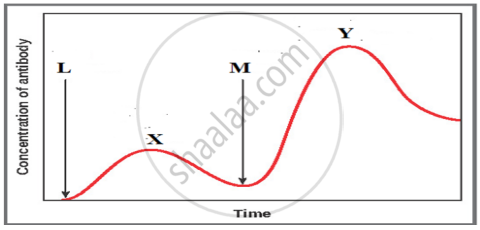Advertisements
Advertisements
प्रश्न
Who was the first patient who was given gene therapy? Why was the given treatment recurrent in nature?
उत्तर
The first clinical gene therapy was given in 1990 to a 4-year-old girl with adenosine deaminase (ADA) deficiency. This enzyme is crucial for the immune system to function. The disorder is caused due to the deletion of the gene for adenosine deaminase. In some children ADA deficiency can be cured by bone marrow transplantation; in others it can be treated by – enzyme replacement therapy, in which functional ADA is given to the patient by injection. But the problem- with both of these approaches that they are not completely curative. As a first step towards gene therapy, lymphocytes from the blood of the patient are grown in a culture outside the body. A functional ADA cDNA (using a retroviral vector) is then introduced into these lymphocytes, which are subsequently returned to the patient. However, as these cells are not immortal, the patient requires “periodic infusion of such genetically engineered lymphocytes. However, if the gene isolate from marrow cells producing ADA is introduced into cells at early embryonic stages, it could be a permanent cure.
APPEARS IN
संबंधित प्रश्न
Write the function of adenosine deaminase enzyme.
Compare and contrast the advantages of production of genetically modified crops.
Answer the following question.
Describe the roles of heat, primers, and the bacterium Thermus aquaticus in the process of PCR.
Describe the role of bacterium Thermus aquaticus in carrying the process of polymerase chain reaction.
How is the amplification of a gene sample of interest carried out using PCR?
Explain how ADA deficiency can be corrected?
What are DNA vaccines?
Explain how recombinant human insulin was prepared in 1983 by Eli Lily an American company.
- Assertion: PCR is a powerful technique to identify genetic disorders.
- Reason: PCR can detect mutations in low amounts of DNA.
The graph given below indicates the administration of the first (L) and second dose (M) of a vaccine. The corresponding response of the body is indicated by X, and Y. Interpret the graph and explain the reason for such a response shown by the body.

